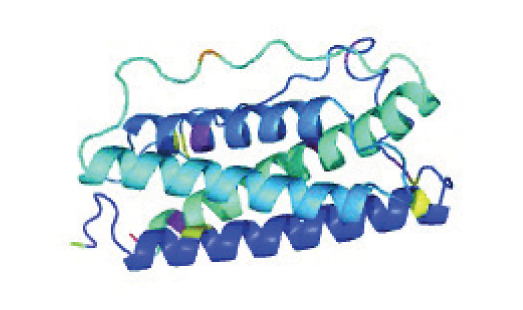Human granulocyte colony stimulating factor (G-CSF) produced in the filamentous fungus Aspergillus niger
Keywords:
Human granulocyte colony stimulating factor, filamentous fungus Aspergillus niger, secretion, protein folding, renaturation during chromatographic separationAbstract
For the first time, a fungal production system is described for expression and secretion of the medically important human protein G-CSF, in Aspergillus niger. A reliable strategy was chosen with in-frame fusion of G-CSF behind a KEX2 cleavage site downstream of the coding region of the highly secreted homologous glucoamylase. This provided secretion levels of 5-10 mg/l culture medium of correctly processed G-CSF, although the majority of the protein (>90%) was biologically inactive. Following denaturation/ concentration and chromatographic separation/ renaturation, the G-CSF proliferation activity increased considerably, and analytical immobilised metal affinity chromatography confirmed the monomeric and correctly folded protein. These data suggest that this human secretory protein secreted into the medium of A. niger was not correctly folded, and that it escaped the endoplasmic reticulum folding control systems. This is compared to the folding of G-CSF produced in bacteria and yeast.

Downloads
Additional Files
Published
Issue
Section
License
Except where otherwise noted, articles in this journal are published under the Creative Commons Attribution 4.0 International License
